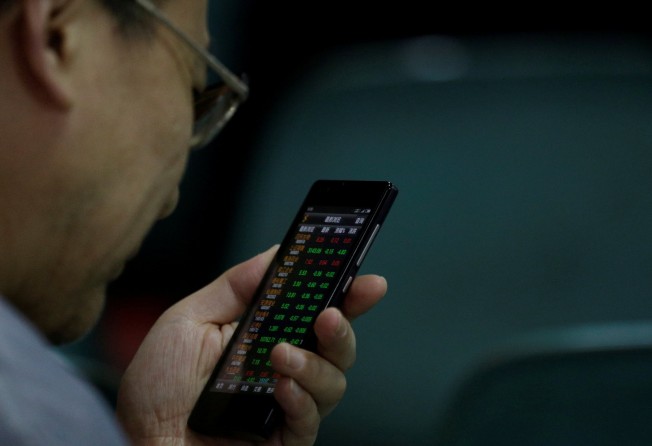Small investors have nowhere to take cover as global market rally runs out of steam
Investors will need to have their wits about them as three major central banks begin to taper super-loose monetary policies

After almost nine years of unrelenting global stock market boom – and nearly the longest rally in US history – the major worry is where to go next. For the small investor who has studiously avoided risk during turbulent times after the 2008 crash, the danger now is getting squeezed into what could be the last legs of the rally. The chances of getting it wrong are growing exponentially.
The global bubble could be about to burst. The central banks of North America and Europe, who rushed into zero interest rates and quantitative easing to beat off the threat of global Armageddon after 2008, are now looking to take their feet off the accelerator. Markets are heading into uncertainty again.
You have to pity small investors struggling to make sense of the confusion and trying to carve out future security. It is hard enough for seasoned professionals navigating the choppy waters of post-crash, austerity-laden and bubble-driven global markets, so have compassion for the small guy trying to get his timing right on what happens next.
Timing investment decisions to the precise moment is the Holy Grail for financial markets. The last thing anybody wants is to end up saddled with being ‘long and wrong’, or ‘short and caught’. Savvy professionals often badly miscue, so spare a thought for the ordinary man in the street desperately seeking to buy at the bottom and sell at the top. The odds tend to be heavily tilted against them.
There is even the cynical school of technical analysis, which looks at the behaviour of small investors as a well-tried and tested formula for picking peaks and troughs in investment cycles. It works on the theory that the small investor is a good ‘inverse indicator’, often the ‘last man in’ and generally tending to get it wrong. It is no surprise many beleaguered investors have simply hunkered down, left their cash in the bank or, even worse, stuck it under the mattress since the 2008 crash.

In the coming weeks, investors will need to have their wits about them as three major Group of Seven central banks – the US Federal Reserve, the European Central Bank and Britain’s Bank of England – should liven things up as they begin to taper super-loose monetary policies. The ‘happy days’ could soon be over.
Markets are already balking at the turn of the tide, leaving many to wonder where to duck for cover if the going gets tough. Appropriate safe-haven bolt-holes are hard to find nowadays and tend to carry a higher risk quotient after years of ultra-loose money.
In the old days, mainstream government debt markets, like US Treasuries and German bunds, used to be cast-iron ‘flight-to quality’ hidey-holes for investors, but now carry higher implicit risks on much more meagre returns. The tipping point could come quite soon when the authorities begin to wind back their bond-buying operations. Bond prices could plummet quite sharply after years of official intervention, leaving investors badly out of pocket.
If capital protection is a priority, a dash into cash is probably the best way to batten down the hatches
Higher credit costs for consumers and businesses will be a shock for stock markets, especially if global growth prospects begin to wobble. Increased funding costs should also come as a shock to leveraged investors, especially hedge funds and proprietary traders, used to years of near-zero interest funding and one-way bull markets. It means the sweet spot for the fast money brigade has probably passed its sell-by date.

If a storm is brewing then investors will just have to ride it out. If capital protection is a priority, a dash into cash is probably the best way to batten down the hatches.
The best strategy is not to panic. There may be short-term volatility, but, longer term, a steady head is vital. After all, the golden rule is that markets eventually bounce back and prices always rally longer term. It may just take a little longer next time around.
David Brown is chief executive of New View Economics